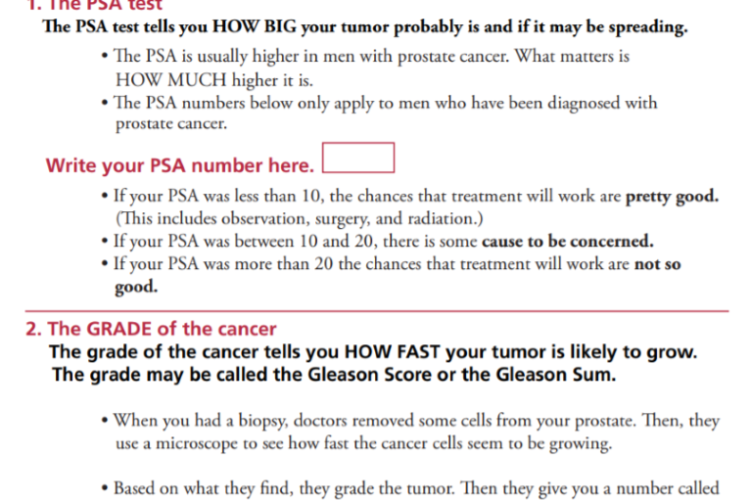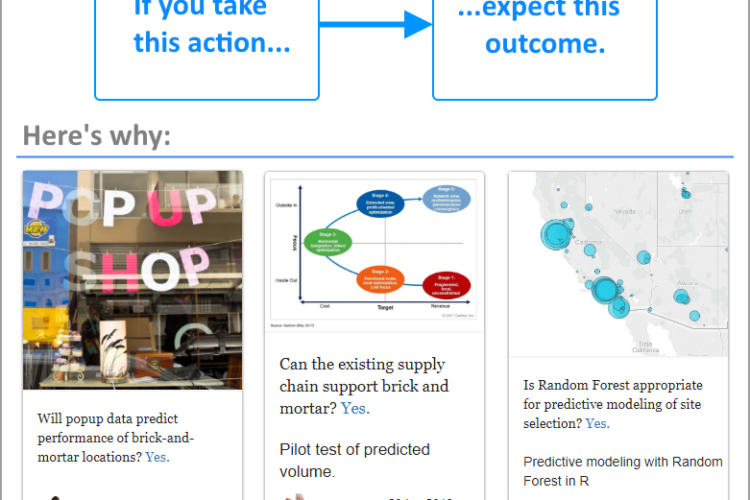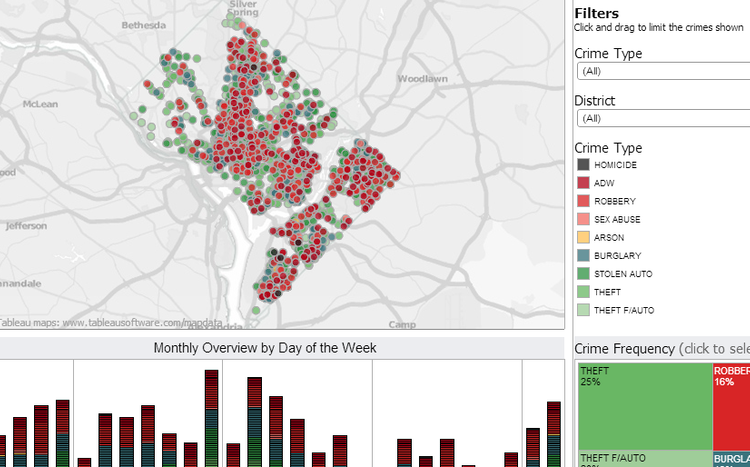Jerry Seinfeld was wrong when he claimed public speaking is our #1 fear. I’m pretty sure we’re more afraid of having our decisions scrutinized. Adding to the fun, now algorithmic decisions are under pressure too. It is rather painful to have decisions second-guessed before the numbers come in, and even worse if things go pear-shaped. […]
As data complexity grows, so does the importance of explaining. The philosophy of science can teach us about the role of explaining in high-quality, evidence-based decisions. It’s not just navel-gazing: An explanation is a statement that makes something clear, or a reason or justification given for an action or belief. It describes “a set of […]
How we decide is no less important than the data we use to decide. People are recognizing this and creating innovative ways to blend what, why, and how into decision processes. 1. Apply behavioral science → Less cognitive bias McKinsey experts offer excellent insight into Behavioral science in business: Nudging, debiasing, and managing the irrational […]
1. Vigilance → Better algorithms “Eliminating bias… requires constant vigilance on the part of not only data scientists but up and down the corporate ranks.” In an insightful Information Week commentary, James Kobielus (@jameskobielus) considers the importance of Debiasing Our Statistical Algorithms Down to Their Roots. “Rest assured that AI, machine learning, and other statistical […]
Suppose you’ve gotten a cancer diagnosis. Would your business experience help you navigate the care pathway? Larry Neal describes how he applied his Decision Analysis skills to prostate treatment in Eight Lessons from a Decision Professional’s Cancer Decision. When a physician said Neal had a 30% chance of having cancer, but his analysis suggested 95-99%, […]
1. Debiasing → Better decisions Debiasing is hard work, requiring honest communication and occasional stomach upset. But it gets easier and can become a habit, especially if people have a systematic way of checking their decisions for bias. In this podcast and interview transcript, Nobel-winning Richard Thaler explains several practical ways to debias decisions. First, […]
1. Hire analytics translators → Keep data scientists happy An emerging role – what some call the Analytics Translator – is offloading burden from data scientists, while helping business executives get better value from their technology investments. A recent HBR piece explains You Don’t Have to Be a Data Scientist to Fill This Must-Have Analytics […]
Ugly Research offers a new guide, Promoting Evidence-Based Insights. Practical tips for presenting content with four essential characteristics: Top-line, evidence-based, bite-size, and reusable. Communicate quickly and powerfully by demonstrating value to decision makers. Show how A → B. So people don’t think tl;dr or MEGO (My Eyes Glaze Over), be sure to emphasize insights that […]
1. Recognize bias → Create better algorithmsCan we humans better recognize our biases before we turn the machines loose, fully automating them? Here’s a sample of recent caveats about decision-making fails: While improving some lives, we’re making others worse. Yikes. From HBR, Hiring algorithms are not neutral. If you set up your resume-screening algorithm to […]
Technology helps us discover meaningful patterns: Buying behavior, criminal activity, health effects. But when we succumb to pretty pictures and mindless measurement, shiny data fails to help answer important questions. Source: Tableau. This data visualization tool would be great for someone seeking crime stats – say, for law enforcement or house buying. But it doesn’t […]








